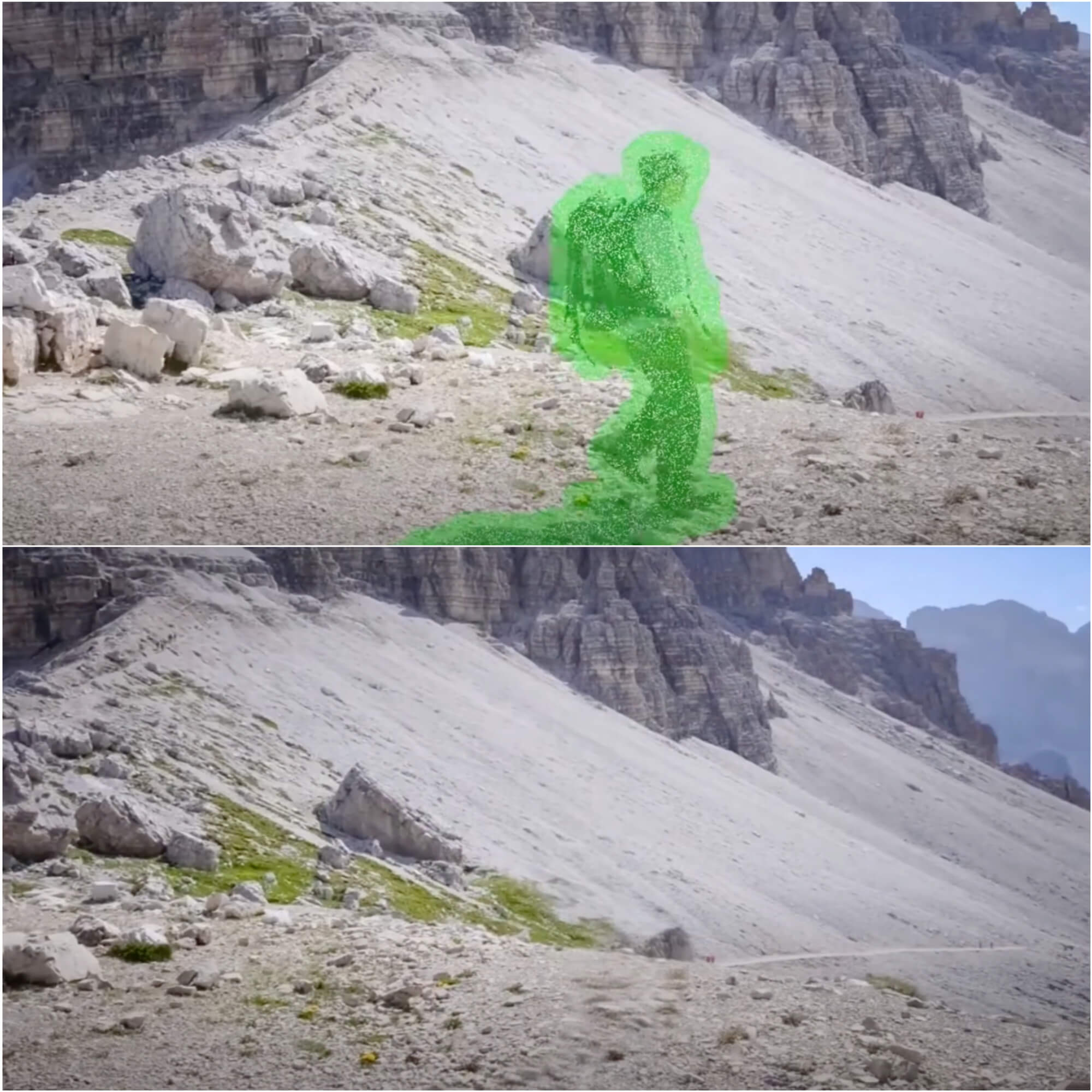Insights From The Blog
Augmented and Diminished Reality
There is no denying that technology begets more technology, and once a new technology arises, scientists and engineers latch on to it and develop variants, and alternatives. So far, we have had Virtual Reality (VR) Augmented Reality (AR), and Mixed Reality (MR), all of which are increasingly lumped under the heading of Extended Reality (XR), and the world is a better place for it. However, all of these can move to one side as a growing number of developers embrace Diminished Reality (DR).
Subtly different from Diminished Responsibility (also DR), the point of Diminished Reality is to remove content from an overlaid virtual world. While that may sound a little backward, DR is becoming just as important as the additive techniques. In fact, DR could be the driving force behind a whole new field of altered reality content.
Diminished Reality is a powerful computer-aided reality environment that allows the user to remove, conceal, or eliminate real-life objects within their virtual world. Certain information from the perceived environment is removed or made visually invisible to the user’s vision and replaced with seemingly believable backgrounds or other digital 3D objects. DR employs four important concepts in its operation, being;
- Diminish. Visual elements are reduced or lessened within the headset for a specific purpose. For example, diminished reality can be used to help visually impaired people by modifying a certain color in an image by editing the light rays that enter the headset or a controlling computer. This means that those with visual impairments can have items within the virtual area changed so that they have a better chance of seeing it.
- See-through. DR can be used to see through objects presented within the headset. The light rays from the objects being observed are replaced with previously captured images of the obstructed background, making the objects invisible to the user’s view. In a similar way to augmented reality, the background image taken before it was obstructed is overlaid onto the image the user wants to make invisible. This process has been used by Google Street View pictures to remove people and other unwanted objects from the pictures to protect privacy.
- Replace. With this feature, images of certain objects are removed and replaced by pre-prepared objects of the same size. This technique is very similar to the augmented reality technology where new, virtual objects are overlaid on the real world.
- In-paint. This feature is similar to the see-through concept, above, but with in-paint there are already prepared images of the background environment without obstructions which are used to replace the image that the user wants to remove. However, with in-paint, the replacement image of the background is generated in real-time, and other possible images of the backgrounds are created by a combination of generated pixels and incomplete images of the surrounding environment. This kind of system works very well for situations where there is no previously captured image of the background to include within the projected world, so extra content has to be created from scratch.
Using a combination of these features, DR can create new and exciting experiences that can be even more powerful than the wholly-generated content of AR/VR/MR.
Plainly there are a number of different applications for this kind of technology, including photography and videography, film production, and even planning situations, where DR can be used to remove parts that are not required or are irrelevant to the final product or feature.
DR offers a whole new range of possibilities to the XR table, and we are pretty certain that it isn’t going to be long before this becomes an important tool for developers. Keep checking back here at Unity Developers as we bring you more on this exciting new use of XR.
